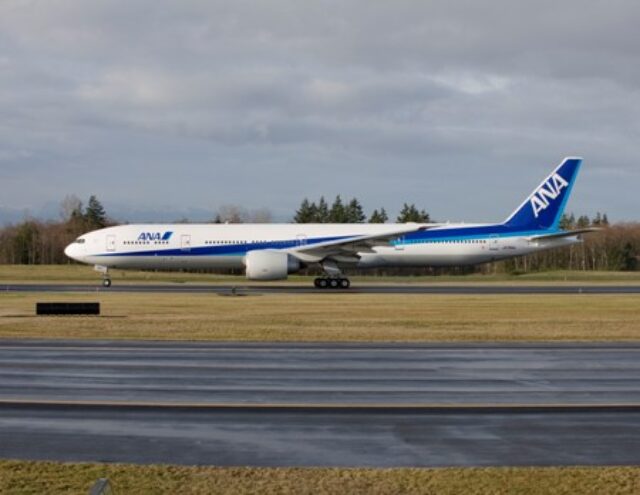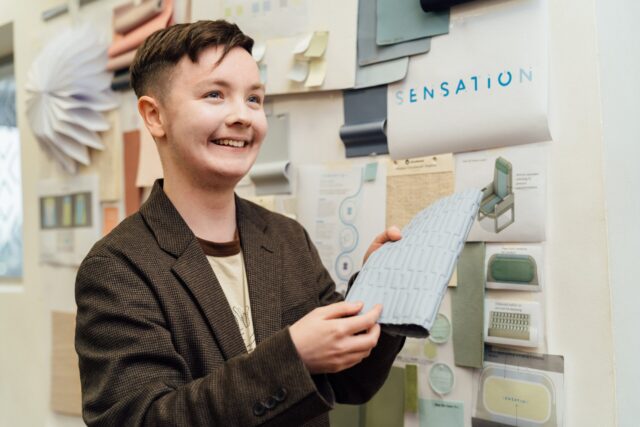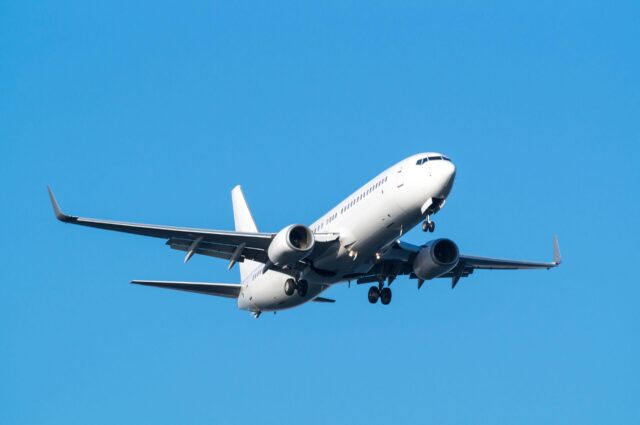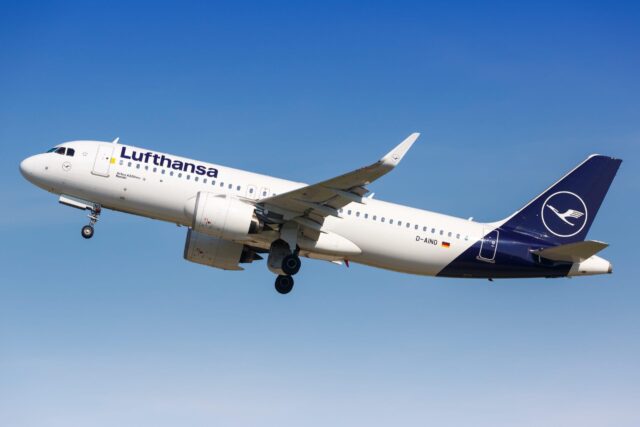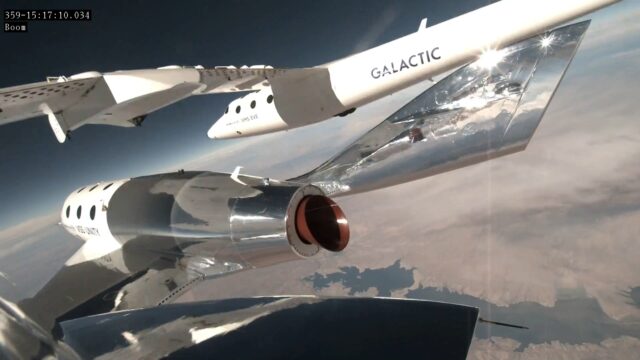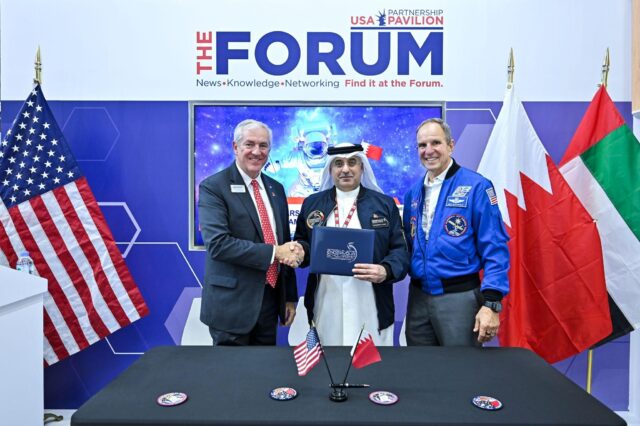CAeS moves closer to flight testing with upcoming closure of Series B funding
June 25, 2024

Cranfield Aerospace Solutions (CAeS) is moving closer to the inaugural airborne test of its hydrogen powertrain system, CEO Paul Hutton explained to Aerospace Global News, with the imminent closure of a Series B funding round to power the British company through flight testing and beyond.
Despite funding delays impacting test schedules, the Bedfordshire-based complex aircraft modification company is still anticipating its modular, scalable hydrogen propulsion system to enter service by 2027. Although originally developed for the Britten-Norman Islander, feasibility studies are also underway for other aircraft, with the agility of the platform-agnostic tech also representative of the company’s own adaptability.
CAeS has largely fixed the final design of the demonstrator, says Hutton, with the fuel cell packaged in the engine nacelle described as a “miracle of packaging”. The test-bed aircraft will also employ a double thermal management cooling unit beneath the nacelle and a gaseous tank within the fuselage. However, as the finished product will employ bespoke tooling, only a single thermal management system per engine will be required; reducing drag and allowing fuel tanks to be carried under-wing.
With the imminent closure of a Series B funding round allowing CAeS to purchase testing services and specialist equipment, ground and flight tests should occur within the year, building on work performed in the simulator by test pilot Dodge Bailey. Supplemental type certification for 2026 should be unaffected by delays to the flight test campaign. “We’re not on the original timeline because we found insurmountable technical problems – we resolved all of those – it’s really just access to funds,” elaborates Hutton, citing a “challenging” market despite an increased investment focus on “credible concepts”.
The biggest challenge between now and the system’s entry into service (set for 2027) is probably the regulatory requirements, but as Hutton suggests, CAeS’ thirty-year relationship with the regulator means it is well placed to understand this process “coming from a heritage of having done this on real aeroplanes”.
“What we’ve done now is solve the real technical challenges. All we have to do now – although it’s still quite a big goal – is apply the technology to the needs of the different platforms,” he adds. CAeS are currently working with Dronamics (which has identified a need for 3,500 aircraft between now and 2030) on a half-scale version of the platform, with the “burgeoning new market” going to have to embrace sustainability from the start.
With the “building block of this a high power dense solution,” CAeS can also mix and match the number of stacks and scale the associated infrastructure, with “that ability to adapt… partly down to the product and partly down to the capability of the business”. New use cases could also be explored, with Hutton citing 200km-400km airport pairs in the US (especially California) as ideal early adopters of a product that is already undergoing feasibility studies for potential retrofit to other platforms.
“The ability to adapt is partly down to the product and partly down to the capability of the business,” suggests Hutton. Although CAeS has been in existence for 30 years, he describes it as effectively “behaving like a new company that was formed about five years ago;” combining decades of complex modifications with the agility of an entrepreneurial startup. However, unlike many other startups who “decide they know the answer” at the outset and “keep banging their head against their brick wall” of a fixed initial intention, CAeS’ approach is more flexible: starting comparatively small and valuing the importance of small, realistic steps towards enabling zero-emissions aviation.
With the initial solution to carbon emission-free flying unlikely to involve a brand new airframe design alongside it, CAeS’ gaseous hydrogen-powered powertrain has initially been designed with the twin-engine Islander in mind. Drawing on CAeS’ decades of experience, “you will struggle globally to find a company better placed to take that first step,” says Hutton, who cites adaptability as crucial to a commercially viable concept.
Adding that the company are by no means “hydrogen evangelists,” it took CAeS about two years to decisively dismiss electric options as unfeasible, with current battery projections to 2027 offering a range of just 22 minutes. A range extender would also “create the worst of both worlds,” requiring both weighty batteries and fuel to be carried (in comparison to a full Islander hydrogen fuel load of just 34kg). As it stands, the CAeS powertrain is providing over 100% of the engine it’s replacing; something none of the other demonstrators are achieving.
“We believe we’re now being recognised and taken very seriously,” concludes Hutton, with CAeS’ upcoming presence at Farnborough International imperative in showcasing the company’s product to the major players looking to invest in “that first step on the zero emissions journey”.






